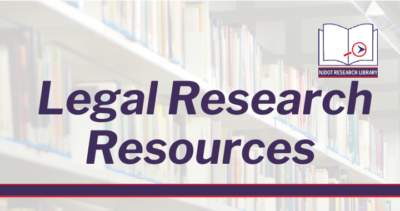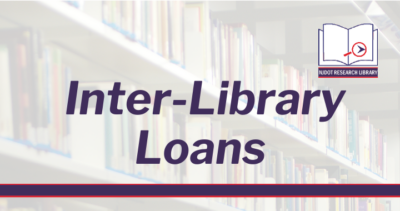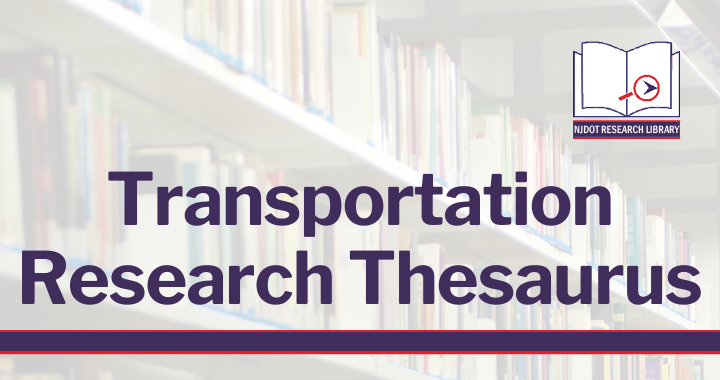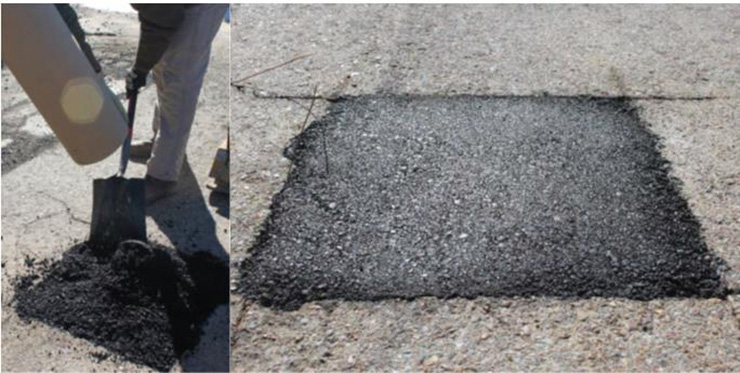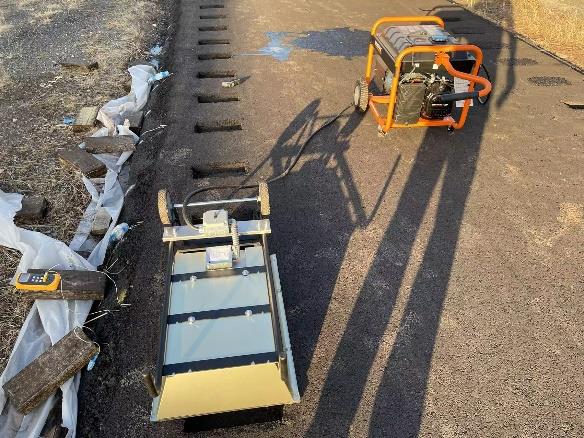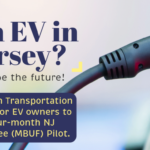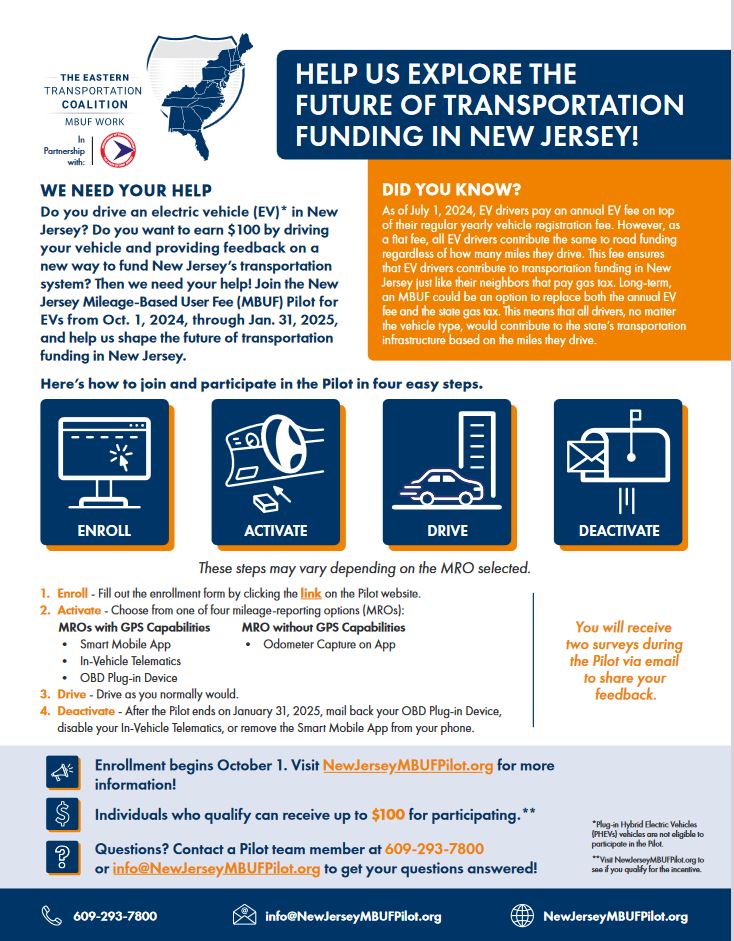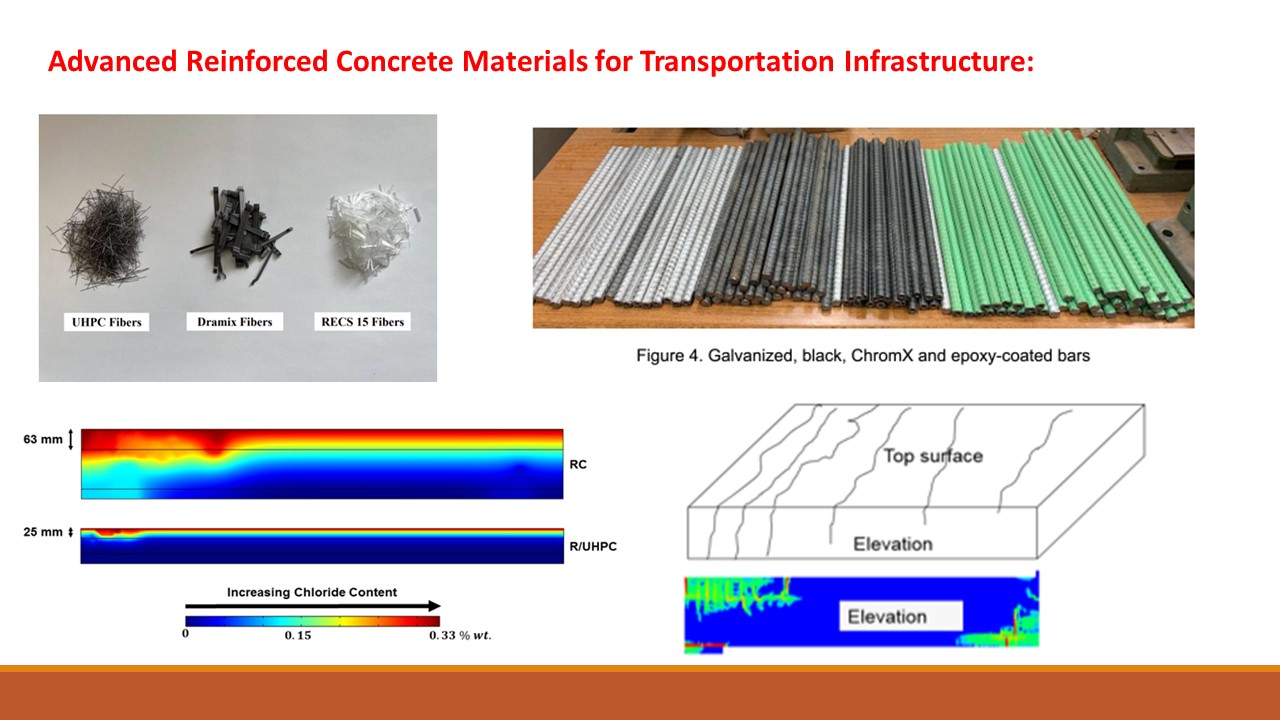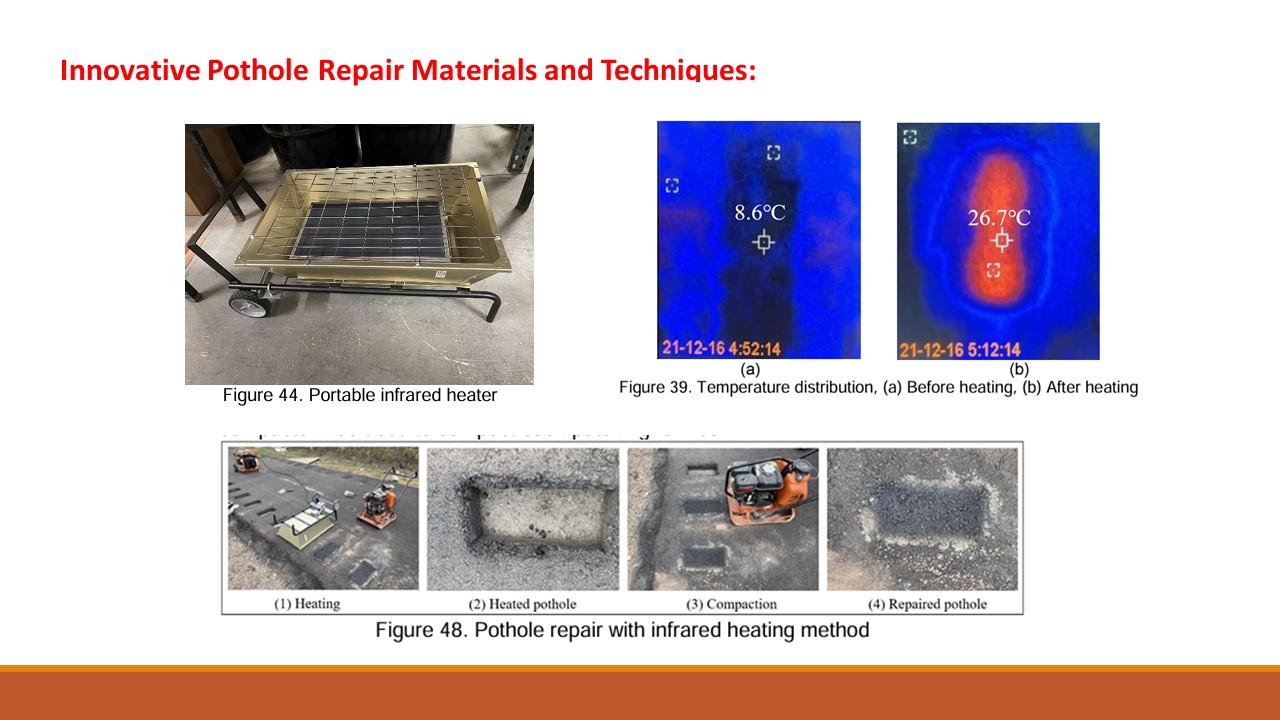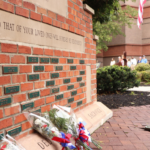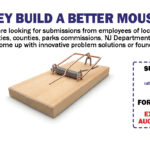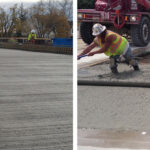The New Jersey Department of Transportation (NJDOT) Research Library offers valuable assistance in supporting various research tasks and for accessing resources. This article highlights recent publications from the American Association of State Highway and Transportation Officials (AASHTO), as well as publications indexed in the TRID database. For a background on AASHTO standards and the TRID database, please see our earlier “Did You Know?” article.
AASHTO Publications
Two recent AASHTO publications of note are a print version of the 11th edition of the Manual on Uniform Traffic Control Devices for Streets and Highways (MUTCD) and the 2024 edition of AASHTO’s “Materials Standards” (published electronically).
The 11th edition of the MUTCD was published by the Federal Highway Administration (FHWA) in December 2023 and is available as a free PDF download. It supersedes the previous 10th edition, published in 2009.
The new edition is also available in print format from the NJDOT Library, indexed and printed by AASHTO, in association with the American Traffic Safety Services Association and the Institute of Transportation Engineers. Users must register for a New Jersey State Library card in order to borrow any materials.
On July 31, AASHTO released the Standard Specifications for Transportation Materials and Methods of Sampling and Testing, and AASHTO Provisional Standards, 44th Edition—2024, commonly referred to as the AASHTO “Materials Standards.” These standards contain specifications, recommended practices, and test methods commonly used in the construction of highway facilities. Provisional standards are also published to allow practitioners to use them early in the research or development phase. In addition to revisions to harmonize industry standards, update technology, and generally improve the standards, the 44th edition includes 15 conversions to dual units and more updates to temperature-measuring devices.
The Materials Standards are available in three files on the Research Library’s SharePoint site. In addition to those standards, the following AASHTO reports and standards, published in 2024, are available to NJDOT employees upon request:
- 2022 AASHTO Salary Survey (Excel and PDF files).
- 2022 Annual AASHTO State DOT HR Metrics Report.
- 2024 Interim Revisions – Manual for Bridge Element Inspection 2nd Edition 2019.
- 2024 Interim Revisions to the LRFD Steel Bridge Fabrication Specifications 1st Edition February 2023.
- AASHTO 2024 Interim Revisions to the AASHTO/AWS D1.5M/D1.5: 2020 Bridge Welding Code, 8th Edition.
- AASHTO LRFD Bridge Construction Specifications – 4th Edition – 2024 Interim Revisions.
- Commuting in America The National Report on Commuting Patterns and Trends—Brief 24.5. Machine Learning Approaches for Populations’ Hard-to-Capture Commuting Behavior.
- Commuting in America The National Report on Commuting Patterns and Trends—Brief 24.6. Change and Variation in Mode Choice.
- Guide for Accommodating Utilities within Highways and Freeways – 1st Edition – 2024.
- Guide Specifications for Structural Design with Ultra-High Performance Concrete – 1st Edition.
- Guidelines for Field Repairs and Retrofits of Steel Bridges, 1st Edition, G14.2-2023.
- Movable Bridge Inspection Evaluation and Maintenance Manual – 2nd Edition – 2024 Interim Revisions.
- Resources for Concrete Bridge Design and Construction – 1st Edition.
- Survey of State Funding for Public Transportation – Final Report 2024 Based on FY2022 Data.
- Uniform Audit and Accounting Guide for Audits of Architectural and Engineering (AE) Consulting Firms, 2024 Edition
TRID Database Search
The Research Library has compiled a brief scan of the TRID database search on the reduction of emissions of greenhouse gases and carbon. There is an extraordinary growth in projects underway and recently completed research in transportation, covering a range of policy, planning, environment, materials, construction, multi-modal operations, and vehicle equipment, fuels and technology areas. Selected results from the past 6-12 months, focusing on surface transportation in the United States, are listed here:
Select Projects Underway
Effect of Carbon-Negative Carbon Black on Concrete Properties
https://trid.trb.org/View/2389221
Evaluating Carbon Reduction in Project Selection and Planning
https://trid.trb.org/View/2329694
Shaping Automated Vehicle Behaviors in Mixed Autonomy Traffic to Benefit All Road Users and Reduce Greenhouse Gas Emissions
https://trid.trb.org/View/2350815
Advancing Methods to Evaluate Greenhouse Gas Emissions During Transportation Decision Making and Performance Management
https://trid.trb.org/View/2381725
Shifting Gears to Sustainability: A Deep-Dive into Solar-Powered Bike Pathways
https://trid.trb.org/View/2373992
Advancing Active Transportation Project Evaluation
https://trid.trb.org/View/2313957
Impacts of Remote/Hybrid Work and Remote Services on Activity and Transportation Patterns
https://trid.trb.org
Select Recently Published
Policy
U.S. Department of Transportation. DOT Report to Congress: Decarbonizing U.S. Transportation. July 2024. https://trid.trb.org/View/2404234
Planning
Mullin, Megan; Feiock, Richard C; Niemeier, Deb. Climate Planning and Implementation in Metropolitan Transportation Governance. Journal of Planning Education and Research, Volume 44, Issue 1, 2024, pp 28-38. https://trid.trb.org/view/1936743
Environment
Jeong, Minseop, Jeehwan Bae, and Gayoung Yoo. “Urban roadside greenery as a carbon sink: Systematic assessment considering understory shrubs and soil respiration.” Science of the Total Environment 927 (2024). https://trid.trb.org/View/2377597
National Academies of Sciences, Engineering, and Medicine. “Considering Greenhouse Gas Emissions and Climate Change in Environmental Reviews: Conduct of Research Report.” (2024). https://trid.trb.org/View/2404015
Kelly, Jarod C., Taemin Kim, Christopher P. Kolodziej, Rakesh K. Iyer, Shashwat Tripathi, Amgad Elgowainy, and Michael Wang. Comprehensive Cradle to Grave Life Cycle Analysis of On-Road Vehicles in the United States Based on GREET. No. 2024-01-2830. SAE Technical Paper, 2024. https://trid.trb.org/View/2367212
Ashtiani, Milad Zokaei, Monica Huang, Meghan C. Lewis, Jordan Palmeri, and Kathrina Simonen. “Greenhouse Gas Emissions Inventory from Roadway Construction: Case Study for the Washington State Department of Transportation.” Transportation Research Record (2024). https://trid.trb.org/View/2352361
Zuzhao Ye, Nanpeng Yu, Ran Wei. Joint planning of charging stations and power systems for heavy-duty drayage trucks, Transportation Research Part D: Transport and Environment, Volume 134, 104320 (2024). https://trid.trb.org/View/2408518
Materials and Construction
Lopez, Sarah, Lawrence Sutter, R. Douglas Hooton, Thomas Van Dam, Allison Innis, and Kevin Senn. “Breaking Barriers to Low Carbon Concrete Pavements.” Transportation Research Record (2024). https://trid.trb.org/View/2387006
Equipment, Fuels and Technology
Dugoua, Eugenie; Dumas, Marion. Coordination dynamics between fuel cell and battery technologies in the transition to clean cars. Proceedings of the National Academy of Sciences, Volume 121, Issue 27, 2024, e2318605121. https://trid.trb.org/view/2399820
Jung, Philipp Emanuel; Guenthner, Michael; Walter, Nicolas. Guided Port Injection of Hydrogen as an Approach for Reducing Cylinder-to-Cylinder Deviations in Spark-Ignited H2 Engines – A Numerical Investigation. SAE Technical Paper, 2024. https://trid.trb.org/view/2397724
Wallace, Julian; Mitchell, Robert; Rao, Sandesh; Jones, Kevin; Kramer, Dustin; Wang, Yanyu; Chambon, Paul; Sjovall, Scott; Williams, D. Development of a Hybrid-Electric Medium-HD Demonstrator Vehicle with a Pent-Roof SI Natural Gas Engine. SAE Technical Paper, 2024. https://trid.trb.org/view/2397750
Wine, Jonathan; Ahmad, Zar Nigar; McCarthy, Jr., James; Prikhodko, Vitaly; Pihl, Josh; Tate, Ivan; Bradley, Ryan; Howell, Thomas. On Road vs. Off Road Low Load Cycle Comparison. SAE Technical Paper, 2024. https://trid.trb.org/view/2367799
Please contact the NJDOT research librarian, Eric Schwarz, MLIS, at (609) 963-1898, or email library@dot.nj.gov for assistance in your transportation research, or to customize your searches in TRID and other databases.


